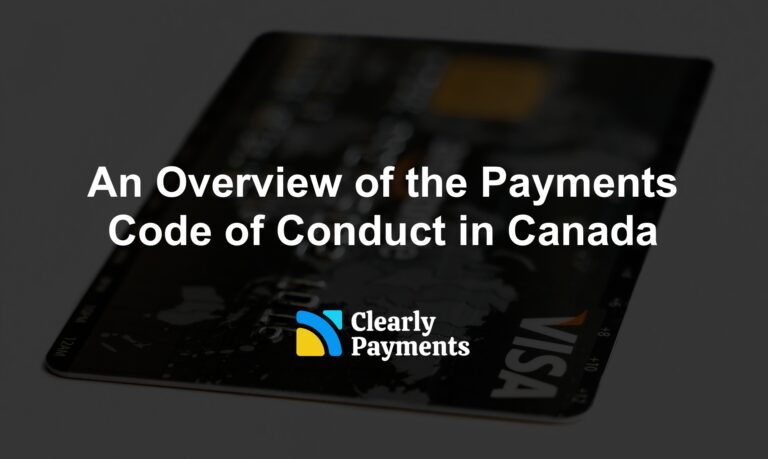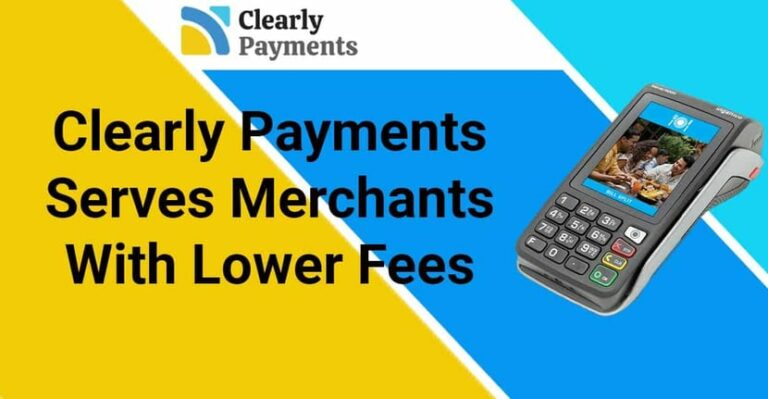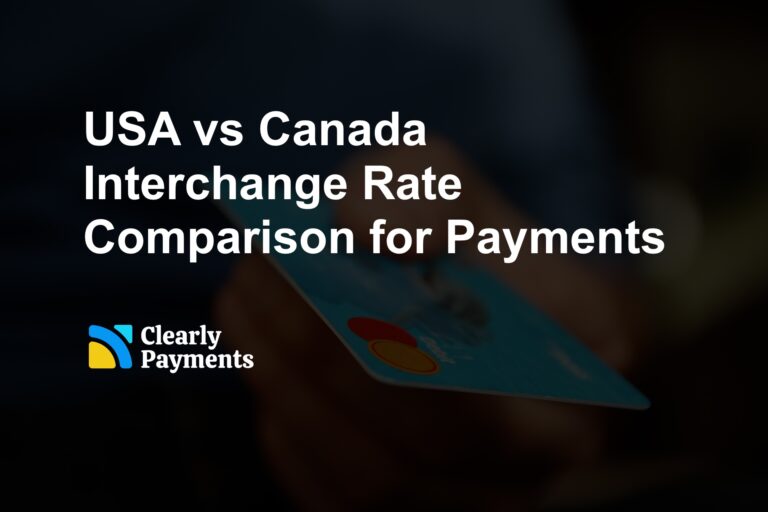Chargebacks can have negative implications for merchants. They result in financial losses as the revenue from the sale is lost along with associated fees. Dealing with chargebacks also requires time and resources, creating an administrative burden for the merchant. Here is an article on chargeback statistics for further reading.
Excessive chargebacks can damage a merchant’s reputation and may lead to increased fees or termination of merchant accounts. Cash flow can be disrupted due to delayed or reversed funds. Additionally, industries prone to chargebacks may incur higher operational costs for fraud prevention and chargeback management.
To minimize the negative effects of chargebacks, merchants can take proactive steps such as implementing robust fraud prevention measures, maintaining clear communication with customers, providing exceptional customer service, and promptly addressing any customer concerns or disputes.
Definition of chargebacks
Simply put, a chargeback is a refund initiated by a credit card holder. In a typical refund, the merchant issues a chargeback with their point of sale (POS) terminal. In a chargeback, the consumer does it with their bank. Most of the time, merchants will not know it is even happening.
How a chargeback works
A chargeback is a process where a cardholder disputes a transaction with their bank, resulting in the funds being returned to the cardholder and deducted from the merchant’s account. The cardholder’s bank investigates the dispute and decides whether to uphold or reject the chargeback based on the provided evidence from both the cardholder and the merchant.
Here are the steps of a chargeback:
- A cardholder sees a charge on their credit card and feels it is not a valid charge (more on this below).
- The cardholder contacts their bank and requests a chargeback
- The bank takes the charge off the cardholder’s credit card
- The initial purchase amount and a chargeback fee are withdrawn from the merchant’s bank account. The chargeback fee is typically around $25.
Why credit card chargebacks exist
Chargebacks exist to protect consumers which is a key reason credit cards are so popular. Credit cards are convenient, they give you rewards, and they protect consumers. Around 90% of adults in North America own credit cards. All credit cards allow consumers to do a chargeback.
Common reasons for chargebacks
There are numerous reasons that people initiate a chargeback. Here are some of the most common reasons.
- Duplicate processing: the charge is on the credit card twice.
- Customer claims services do not occur.
- Canceled recurring transaction: the consumer claims they asked to stop the recurring transaction/subscription.
- Merchandise/service not as described
- Defective merchandise
- The customer claims merchandise was not received
In the end, this is where the customer is always right (mostly). It is really important to set expectations as a merchant. Setting expectations on your refund policy will help you with reducing chargebacks. There are a number of things you can do to reduce the number of chargebacks. The better you set expectations, the less likely you will see chargebacks.




